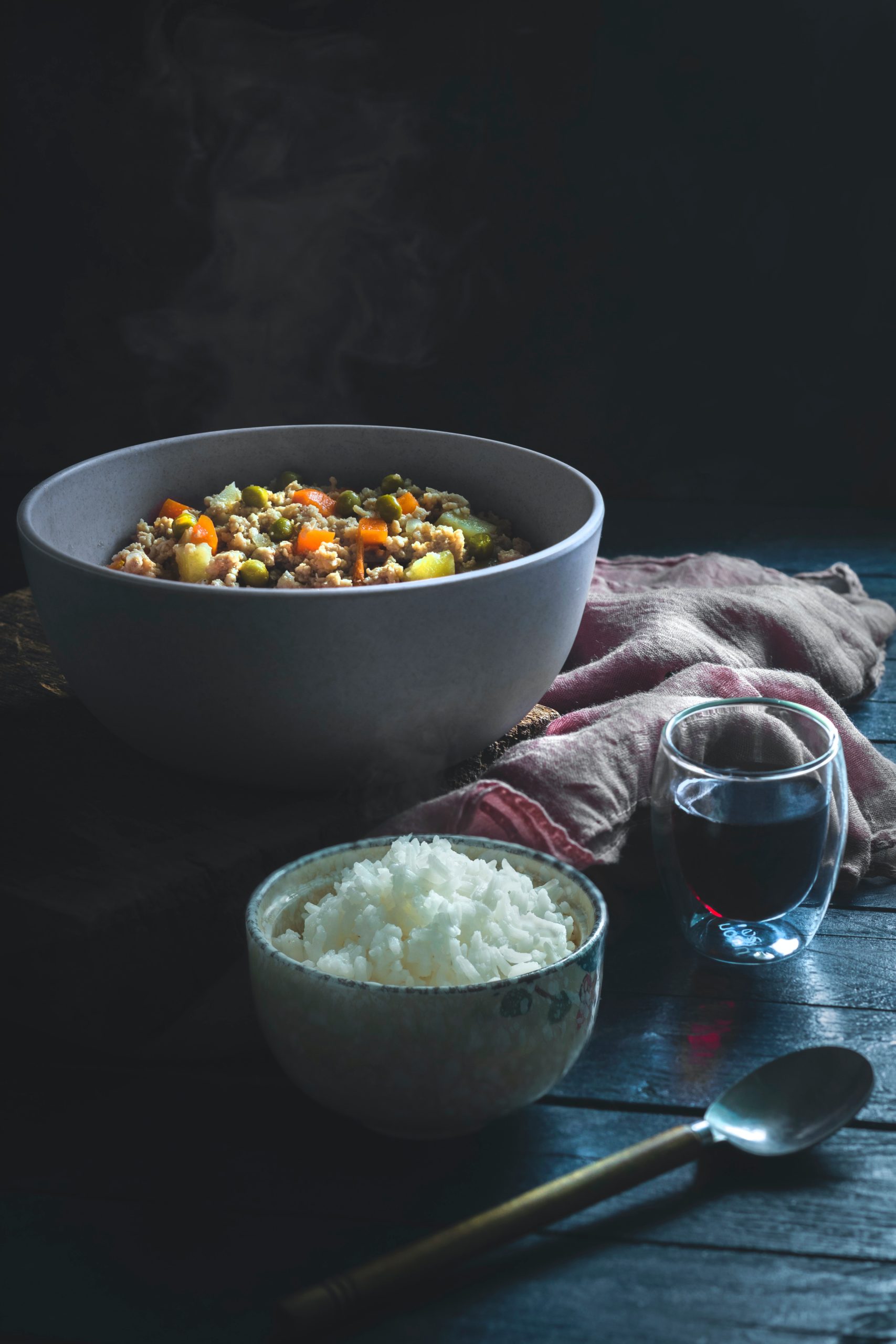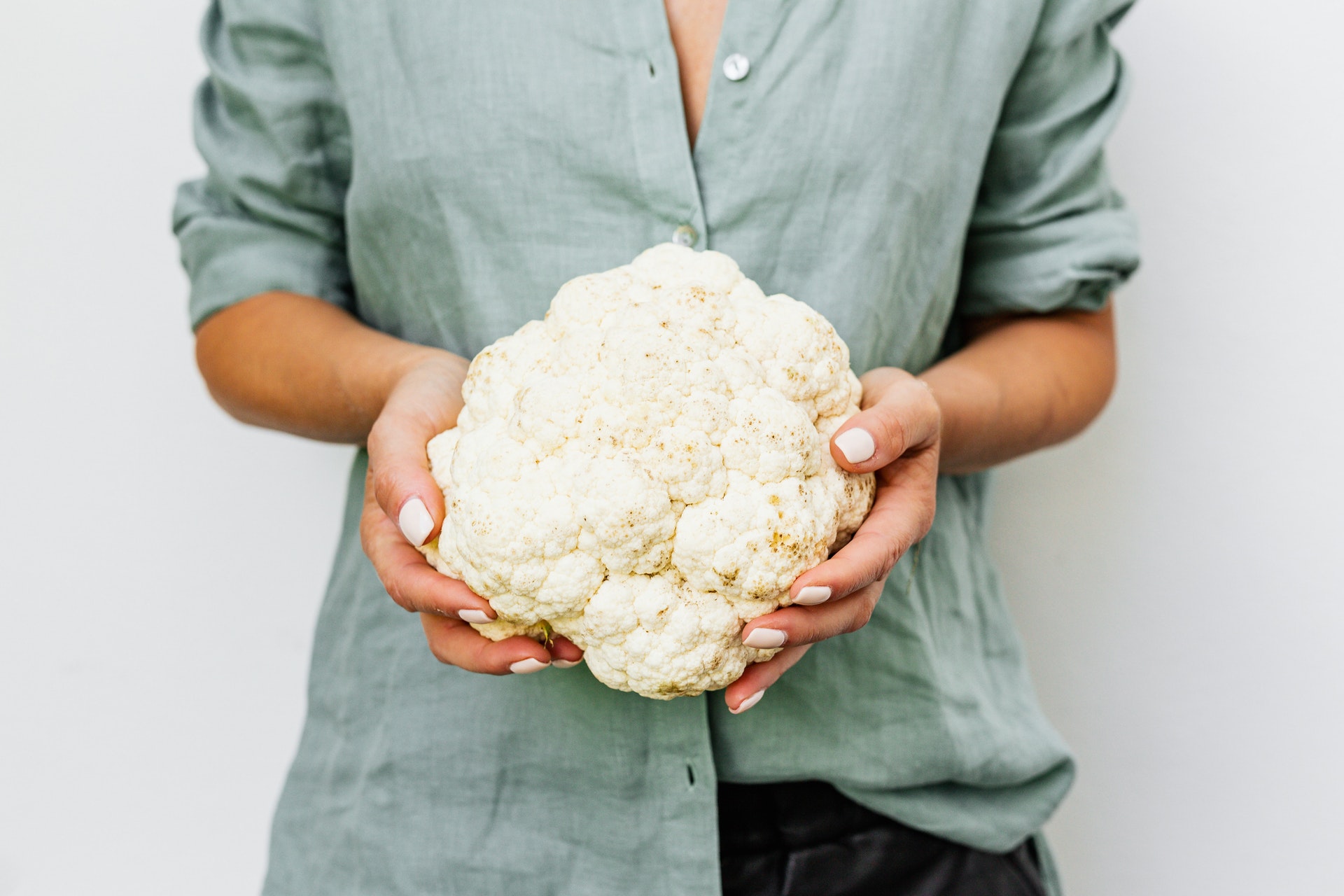Disclaimer: Miele Guide. This site provides fashion and lifestyle content for informational purposes only.
Many people consider rice as a staple in their diets. As a matter of fact, more than half of the world population eat this food.
What makes rice a favorite is its neutral taste. It serves as a blank canvas for various savory and sweet dishes. You could use rice with veggies, in a casserole or even as a main dish. Paella and risotto are two dishes that have rice as the hero of the plate.
Despite being versatile, not all rice is healthy. White rice, for example, isn’t all that great. If you’re looking for a substitute for white rice, continue reading this food health guide.
Is Rice Good for You?

Before you look for rice substitutes, know that this food does have some health benefits.
These are the following:
Ideal for Individuals with Food Sensitivities
People with food sensitivities or allergies can rejoice knowing that rice is a standard hypoallergenic food. Those who are looking to avoid drinking cow’s milk because of lactose intolerance can consume rice milk instead.
What’s more, rice in its natural form is generally gluten-free. This includes wild, brown and white rice. Even sticky rice, also known as glutinous rice, is also gluten-free. If you have Celiac Disease and want to make sure that the rice you’re eating is safe, check the label and find out if the grains underwent processing in a gluten-free-friendly facility.
Also, many types of rice you’ll find on the local market are GMO-free. According to a statement from the USA Rice Federation, there’s no GMO rice in commercial production in the country.
A Good Source of Fiber
Dietary fiber plays an instrumental role in your overall health. Apart from helping clean out bacteria in your colon and intestines, this nutrient keeps your digestive tract flowing properly. What’s more, fiber keeps your bowel movements regular and soft.
Rice, particularly brown rice, is an excellent source of dietary fiber. This variety of rice has 1.6 grams of fiber per 100 grams.
The bran in brown rice primarily contains insoluble fiber — the “good” type of fiber you want in your body. Soluble fiber draws water and converts it into a gel. This, unfortunately, slows down digestion. On the other hand, insoluble fiber adds weight to the stool, which enables food to travel more quickly through the stomach and intestines.
Excellent Source of Vitamins and Minerals
Many rice varieties are rich in minerals and vitamins. A cup of cooked brown rice, for instance, contains key B vitamins, magnesium, phosphorus and selenium. What’s more, cooked brown rice allows you to meet a huge portion of your daily manganese needs. Manganese is a nutrient that helps minimize inflammation and plays a role in regulating the blood sugar levels in the body.
A Quick Energy Source
Looking for an energy source for your body? Make rice your first choice.
When white rice breaks down into sugar, it travels through your bloodstream and powers up the cells in your body. If you’re an athlete looking for a digestible fuel source before an event or a race, power up your body with white rice.
How Many Carbs are in a Cup of Rice?

Although rice does provide a quick source of energy, it does contain carbs — something many people avoid when they want to achieve a perfect beach body.
The total amount of carbohydrates for a cup of short-grain, cooked white rice is 53 grams. On the other hand, a cup of long-grain, cooked brown rice is 52 grams. Although the difference in carbs in rice is a measly one gram, brown rice has the edge (and a good substitute for white rice).
Here’s why:
Brown rice contains all parts of a grain — the endosperm, the fibrous bran and nutritious germ. On the other hand, white rice has the germ and bran taken out. The processing strips white rice of minerals, fiber and vitamins.
Also, white rice plays a role in weight gain, according to research published in the journal Applied Physiology, Nutrition and Metabolism.
The study, which involved more than 400 factory workers in Japan, looked at white and brown rice consumption. Researchers discovered that subjects who ate white rice for a year experienced an increase in weight. On the other hand, subjects who consumed the same type of rice kept their weight steady.
The findings are different for brown rice. The people who consumed brown rice for a year maintained their weight regardless of the amount they ate. The authors of the study concluded that consuming any amount of brown rice might prevent weight gain.
What Can I Eat Instead of Rice?

When you’re craving the flavor-absorbing goodness and chewy bite of white rice, stop and think. You can go into the market of your local community and get better white rice alternatives.
If you’re looking for healthy substitutes for rice, consider the following foods:
Cauliflower
Riced cauliflower is an excellent low-calorie and low-carb alternative to rice. This vegetable has a mild flavor, but has the look and texture of cooked rice.
If you’re on a keto diet, you’ll want to choose this popular rice substitute. A half-cup of riced cauliflower contains about 13 calories.
Making cauliflower rice is easy. Use a food processor to finely chop the vegetable. Alternatively, you could chop the cauliflower head into several pieces and then grate the vegetable using a box grater. Next, cook the riced cauliflower over medium heat until slightly browned or tender.
Broccoli
Another smart rice alternative is broccoli. Half a cup of this riced vegetable contains about two grams of fiber and 15 calories. Broccoli also contains vitamin C, a nutrient that helps bolster your immune health. You could prepare riced broccoli the same way as riced cauliflower.
Cabbage
Chopped cabbage is a rice substitute that’s also low in carbs and calories. It’s also a fantastic source of vitamin K, a nutrient that promotes bone health and helps regulate blood circulation.
When working with cabbage, simply chop this vegetable using a food processor or by hand using a sharp knife. Then, cook it over medium heat using a small amount of oil.
You could get cabbage at your local supermarket. Alternatively, you could grow this vegetable from your garden and use it to make riced cabbage.
Quinoa
Although this cereal-like rice substitute assumes a grain-like texture and taste after cooking, this ingredient is, in reality, a seed. Quinoa has higher protein content than rice and is gluten-free. Half a cup of this seed provides four grams of protein, almost double the amount present in half a cup of white rice.
Turning quinoa into rice is simple. Combine two parts water with one part dried quinoa. Then, bring the mixture to a boil. Next, cover and reduce the heat. Let it simmer until the quinoa absorbs all the water. Finally, take out the cooked quinoa from the heat and let it rest.
Expect the quinoa rice to have a nutty flavor. Don’t worry, though, as the nutty taste won’t overpower your taste buds.
Whole-Wheat Couscous
This pasta is common in Middle Eastern and Mediterranean dishes. Whole-wheat couscous is a healthy rice alternative, as it’s rich in both protein and fiber.
You make couscous by combining one part of the pasta with one part of water. Then, bring the mixture to a boil. Take the couscous out from the heat and allow it to rest for about five minutes. Use a fork to fluff up the mixture before serving.
Whole-Wheat Orzo
Another pasta — and rice substitute — you could consider is orzo. Whole-wheat orzo is a healthier choice, as it packs more fiber and protein than its regular counterpart. Take note, though, that orzo is high in calories. Make sure that you portion this pasta in line with your fitness and weight loss goals.
When preparing orzo, simply dump the pasta in water over medium heat until it becomes tender. Then, drain the water out before serving.
Chickpeas
Chickpeas, which comes from the same legume used to make hummus, is an ingredient that you can turn into chickpea rice. This plant-based ingredient packs 11 grams of protein per serving. It has a neutral taste and a texture similar to orzo pasta.
Another beauty of chickpea is that it cooks fast. Just place this rice substitute under boiling water for about five minutes, and you’re good to go.
Taking note of this guide will help you substitute rice easily and achieve the health goals you’ve set for yourself. Now that you’re aware of the many rice alternatives, you can go into your supermarket, buy your desired substitute and whip up a nutritious, delicious and guilt-free meal.
